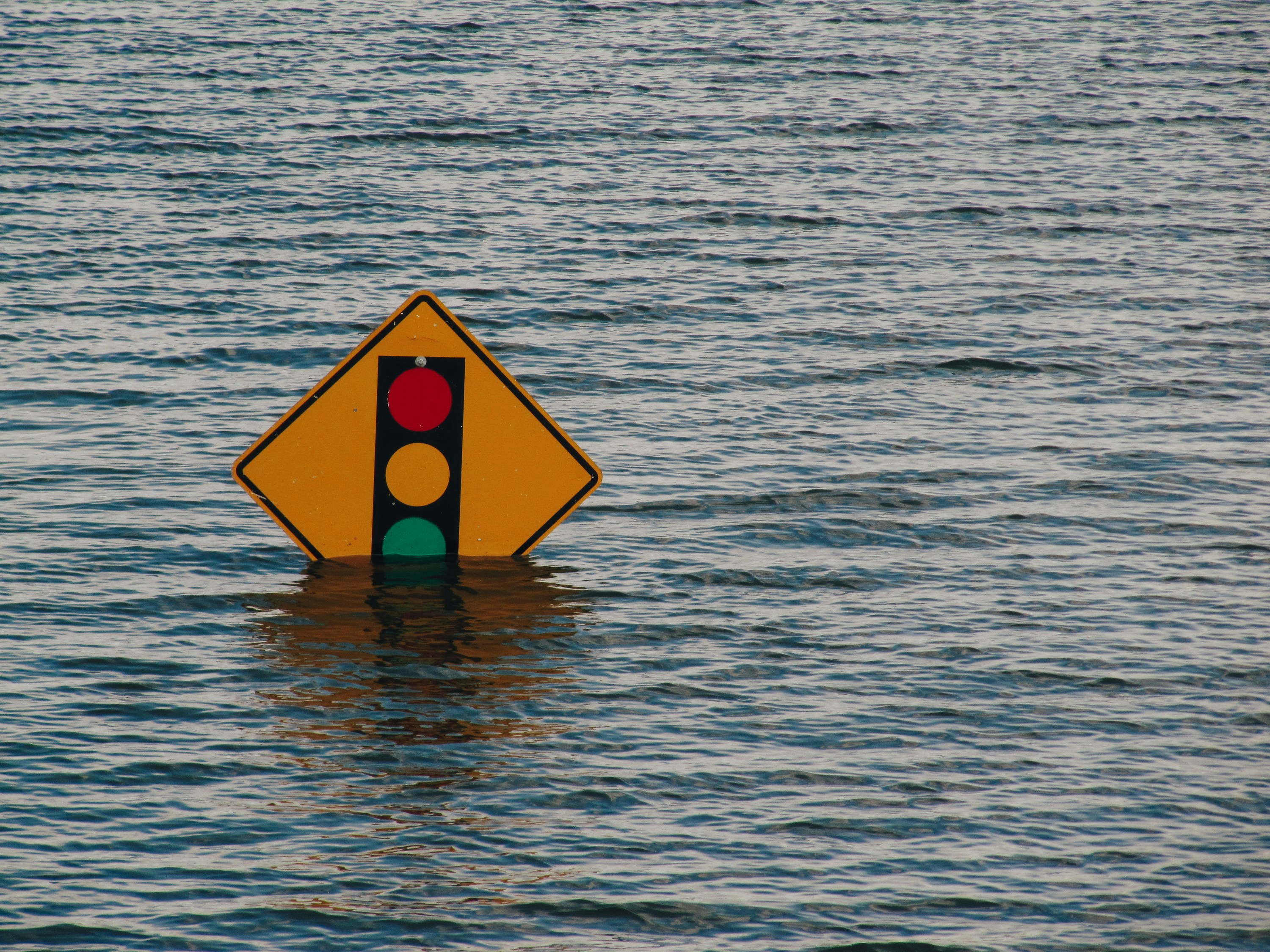Global NEST Journal

The Global NEST Journal is an open access journal that publishes original research articles, short papers and critical reviews on all aspects of Environmental Science and Technology, examples of which are:
- Air pollution and health,
- Circular Economy and Bioeconomy,
- Climate Change,
- Environmental management and policy,
- Hydrology and Water Resources Management,
- Solid Waste Management,
- Sustainable Energy,
- Water and Wastewater Treatment and Reuse.
Relevant topics incorporating the methodologies and state of the art of disciplines such as Environmental Management Policies, Ecosystems and Natural Resources Management, Hydrology and Water Resources Management, Clean Energy and Sustainability are included.
Submitted manuscripts are initially reviewed by the editor and selected after rigorous peer review by scientists in order to assess the significance, originality and appropriateness for publication.
Articles submitted to Global NEST Journal benefit from its broad scope and readership. We aim for a turnaround time of 4 weeks from submission to first decision.
Global NEST Journal is addressed to professionals in Academic, Consulting Offices, Government Agencies and Organisations, as well as others responsible for the investigations, evaluation of complicated environmental issues of global interest.
Journal Indexing
The 2024 Scopus CiteScore for the Global NEST Journal is 2.36. It is also ranked in the Q3 quartile for Environmental Science (miscellaneous).
Here's a breakdown of other key metrics:
- H-index: 41
- SJR: 1.5 (Q3) / 2 years
- ICV 2024: 153.75
Journal Impact Factor (JIF): The Journal Impact Factor (JIF) is not directly calculated in Scopus and is based on Web of Science data. Web of Science data. However, the Global NEST Journal does have a JIF, and the Journal Impact Factor (JIF) is 2-year Impact Factor is 1.5.
Index Copernicus Value (ICV) is a score presenting the level of development of journals registered in the ICI World of Journals database.
Scimago Journal and Country Rank (Scimago) provides information on the journal's H-index and SJR, while Researcher.Life lists the CiteScore and quartile. Web of Science Journal Info lists the JIF.
Latest articles
Gut microbiota in Macrobrachium rosenbergii: A comparative analysis associated with water quality parameters
by Chaturvedi Rishab, N.Nagabhooshanam, Parihar Prahalad Singh, Bhosle Nilesh, Supriya, Kumar V.S.N., A.Rajaram
Investigation of TiO₂-Impregnated Laterite (TIL) as an Adsorbent for Arsenic Removal in Aqueous Media
by Tuan Le Phu, Oanh Vu Thi Kim
Sustainable Marine Debris Management Through Integrated Coastal Governance: The Role of Digital Evidence and Community Engagement
by Kartika Eka Dewi, Laitupa Salma, Sulaeman Sulaeman
Adsorption of Methylene Blue Dye Using Biochar Derived from Finger Millet Waste Biomass: Kinetics, Isotherms, and Thermodynamic Studies
by Kaliannan Kalaivani
Effect of Fermentation on the Physicochemical, Structural, Textural, Thermal and Pasting Properties of Adzuki Beans
by Sultan Waleed, Arshad Muhammad Umair, Imran Ali, Saeed Farhan